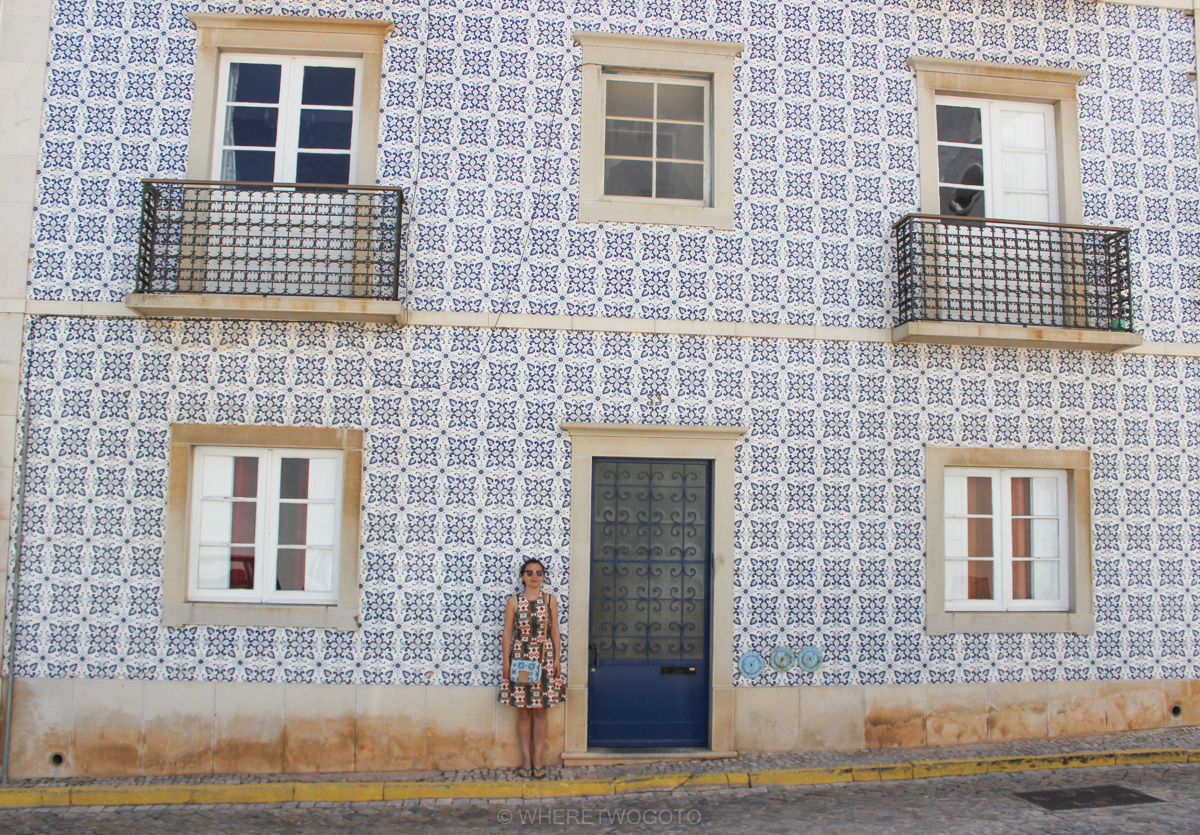I cannot say it enough how much Portugal has taught me to look up more often. Gazing at the buildings standing asymmetrically yet artfully next to each other, meeting the sky in harmony…Portugal has actually inspired me to want to learn more about the different architectural styles. I also have this feeling that whoever is an avid observer of its surroundings, whether he likes photography or not, will fall in love with the Portuguese tiled facades when strolling the streets of Lisbon or any other town.
What makes the buildings stand out?
The answer is: the azulejos – the stunning glazed tiles that make the Portuguese facades stand out from the concrete crowd. From the downtown Rossio to the Saint George Castle, from Baixa Chiado up until Bairro Alto, they are everywhere, in churches, gardens, palaces, buildings.
Quick historical context
The art of ceramic tilework was influenced by the Moors 500 years ago, who used the geometric mosaic tiles to decorate their ostentatious palaces. That’s why the word azulejo comes from Arabic, meaning “small polished stone”. After the earthquake in 1755 the tiles started being used in architecture for buildings facades. The urban landscape suddenly changed. It has been a delight ever since.
To learn more about the history of ceramic tiles in Portugal and the genuine way the Portuguese have used them in combination with other arts, go to the National Tile Museum to see a variety of panels and patterns of different styles from different times.
The pictures below represent just a sample of the stunning glazed tiled buildings you can find in Portugal.
Visiting Portugal for the first time? Remember to keep your eyes open to the buildings around you…and look up!






































